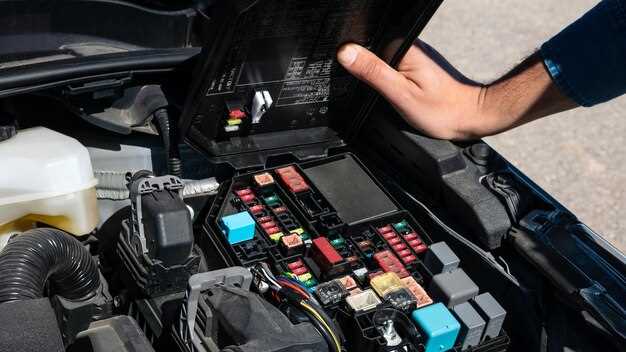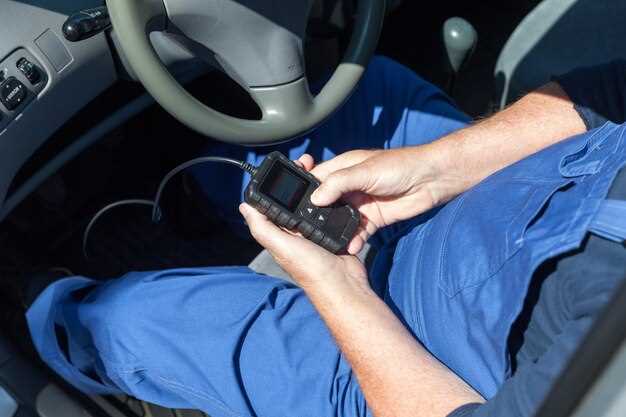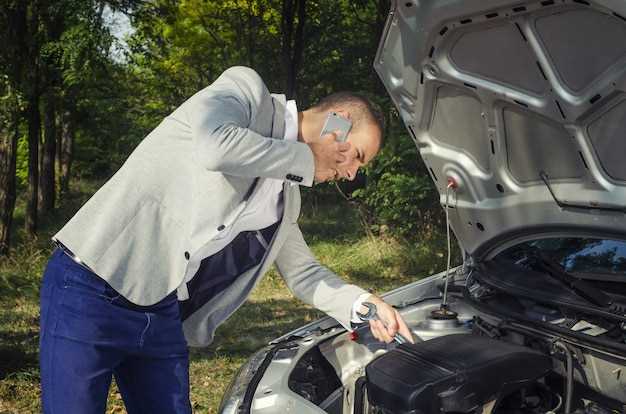
Modern vehicles are increasingly dependent on complex electronics that control various functions, from engine performance to entertainment systems. When these systems encounter faults, it can lead to a range of issues, potentially impacting both safety and driving experience. Understanding how to diagnose and address these electrical problems is essential for every vehicle owner.
Identifying faults in your vehicle’s electrical system often begins with recognizing the symptoms. Common indicators include flickering lights, malfunctioning gauges, or issues with the ignition system. These problems not only hinder the vehicle’s performance but can also pose risks on the road. Mastering basic troubleshooting techniques can empower you to resolve many of these issues before they escalate.
In this article, we will explore a systematic approach to diagnosing and fixing electrical issues in your vehicle. By focusing on the most common components affected by electrical faults, along with practical tips for testing and repair, you will gain the confidence needed to keep your vehicle running smoothly. Whether you’re a seasoned mechanic or a novice car owner, understanding the intricacies of your vehicle’s electronic systems will enable you to tackle these challenges effectively.
Identifying Common Electrical Faults in Modern Cars
Modern vehicles are equipped with advanced electronics that enhance performance, safety, and comfort. However, these complex systems can be prone to various faults. Identifying common electrical issues is crucial for maintaining vehicle functionality and reliability.
One prevalent fault involves battery problems. Weak or dying batteries often lead to starting issues or electrical malfunctions. It’s vital to check the battery’s condition, including terminals for corrosion and proper voltage levels.
Another frequent electrical fault is related to the alternator. If the alternator fails, it can result in insufficient power supply, causing warning lights to illuminate on the dashboard, dimming headlights, or erratic behavior of electrical components.
Wiring issues may also arise, including frayed or broken wires due to wear and tear, exposure to moisture, or rodents. Damaged wiring can cause intermittent failures in electronic systems, leading to malfunctioning features such as power windows or locks.
Fuses are critical components that protect circuits from overloads. A blown fuse can lead to the failure of specific electrical systems. Regularly inspecting and replacing fuses is vital for preventing electrical faults.
Faulty sensors and modules can impact various functionalities, from engine performance to safety features. Issues with components such as the throttle position sensor or airbag control module may trigger warning lights and require diagnostic tools for precise identification.
Finally, grounding issues can create a multitude of electrical faults. Poor connections can lead to erratic behavior in electronic systems, resulting in performance issues. Ensuring all ground connections are clean and secure is essential for reliable vehicle operation.
By understanding these common electrical faults, vehicle owners can take proactive steps to troubleshoot and address issues, ensuring their cars operate smoothly and safely.
Steps to Diagnose and Fix Car Battery Problems

Diagnosing car battery problems requires a systematic approach to identify faults that could affect the vehicle’s electrical system. Begin by checking the battery terminals for corrosion or loose connections, which can impede the flow of electricity. Ensure the terminals are clean and securely tightened.
Next, use a multimeter to measure the battery voltage. A healthy, fully charged battery should read around 12.6 volts. If the voltage is significantly lower, the battery may be undercharged or faulty. Consider performing a load test to evaluate the battery’s performance under stress, as this can reveal hidden issues that aren’t apparent during idle testing.
Inspect the battery for physical signs of damage, such as cracks or leaks. A compromised battery case can lead to acid leaks, which can damage surrounding electronics. If any physical damage is present, replacement is often the best solution.
Examine the vehicle’s charging system, including the alternator. A malfunctioning alternator can prevent the battery from charging properly, leading to repeated battery faults. Check the output of the alternator while the engine is running; it should typically produce around 13.8 to 14.4 volts.
If the battery and charging system checks out, consider evaluating related electronic components, such as fuses and wiring, for faults. A blown fuse or damaged wire can cause intermittent electrical issues that may be mistaken for battery problems.
In some cases, resetting the car’s onboard computer can resolve unexplained battery issues related to your vehicle’s electronics. Disconnect the battery for a brief period to reset the system, then reconnect and test the battery again.
Ultimately, if troubleshooting leads to no resolution, it may be time to consult with a professional mechanic who can provide a comprehensive diagnosis and repair to ensure the reliability of your vehicle’s electrical system.
Understanding and Repairing Malfunctioning Car Electronics

Car electronics play a crucial role in the overall operation of modern vehicles. From engine management systems to infotainment units, any faults in these electronic components can lead to significant performance issues. Identifying the source of these faults requires a systematic approach, often starting with a thorough diagnosis.
Many electronic problems stem from issues such as faulty wiring, weak connections, or malfunctioning sensors. A visual inspection can reveal damaged wires or corroded connectors. Utilizing a multimeter can help measure voltage and continuity, enabling you to pinpoint electrical failures in various circuits.
Another common source of troubles is software glitches in electronic control units (ECUs). These can often be resolved by updating the software or performing a reset on the system. In some cases, specialized diagnostic tools are necessary to access error codes stored in the vehicle’s onboard computer.
When addressing electronic faults, it’s essential to follow a logical repair process. Start by isolating the problem area, using the vehicle’s service manual for guidance. Replace any faulty components found during your diagnosis. If the issue persists, consider consulting with a professional technician who has the expertise in automotive electronics.
Regular maintenance of a vehicle’s electrical system can prevent many issues before they arise. Ensuring that connections are tight and corrosion-free, along with updating software when needed, can prolong the lifespan of car electronics and minimize the risk of faults.



